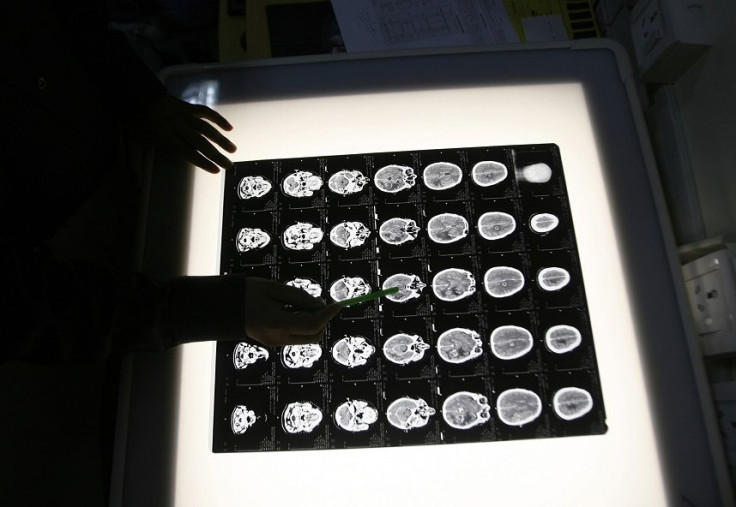Researchers develop open-source 3D software to track brain development of the embryo

Now it will be possible for the medical fraternity to track the growth and development of the brain in an embryo. An Indian-origin scientist from the National Institute of Biomedical Imaging and Bioengineering (NIBIB) has developed an open-source 3D software that can track embryo's brain activity.
The software, as described in the journal eLife, tracks the embryonic brain development in worms. The research team has availed the software to scientists around the world. The team believes that if the same software could be used to study the brain development in human embryos, evolution and causes of infant mortality could be studied in great depth.
Currently, researchers know a little about the formation of complex neuronal structures in the human brain. Therefore, the research team intends to examine the formation in the worms first. As of now, the research team has identified a few proteins that determine how neurons navigate during the brain formation, reports Hindustan Times. However, the interaction of these proteins within the organism is still a mystery.
“We don’t yet understand neurodevelopment even in the context of the humble worm, but we’re using it as a simple model of how these factors work together to drive the development of the worm brain and neuronal structure,” said researcher Hari Shroff, in a press statement. “We’re hoping that by doing so, some of the lessons will translate all the way up to humans.”
To see neurons travel through the worm during its embryonic development, Shroff and his team first designed a new microscope that could record embryogenesis without exposing the worms to too much light. The new microscope developed by the researchers has improved speed and resolution that could show developing cells in unprecedented 3D clarity.
Shroff says that their new technology will help build 4D neurodevelopmental “worm atlas,” which will provide a detailed review of how the entire nervous system develops.
Contact the writer at feedback@ibtimes.com.au, or let us know what you think below.




















